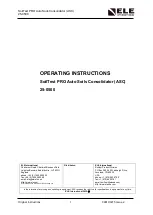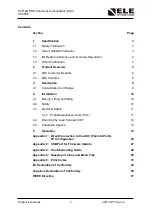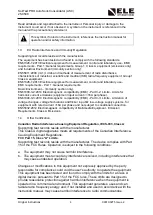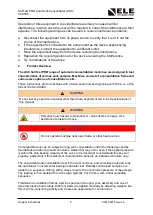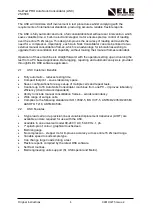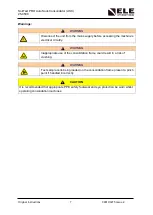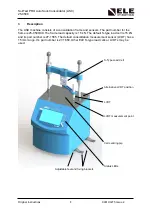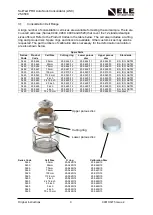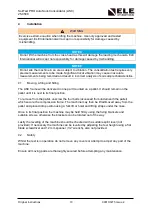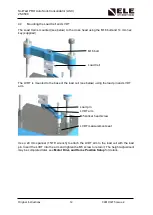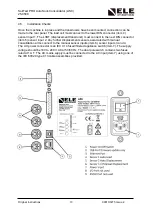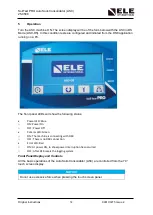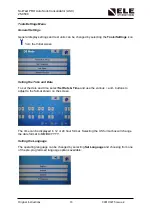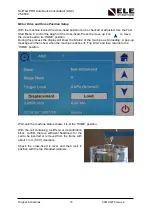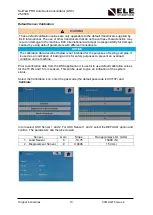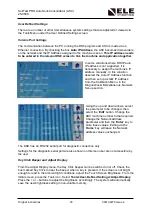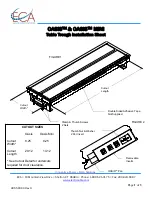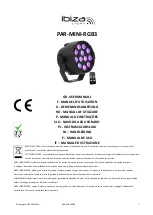
SoilTest PRO Auto Soils Consolidator (ASC)
25-0500
Original Instructions
5
9901X0275 Issue 2
Operation of this equipment in a residential area is likely to cause harmful
interference, in which case the user will be required to correct the interference at their
expense. The following techniques can be used to reduce interference problems:
a. Disconnect the equipment from its power source to verify that it is or is not the
source of the interference.
b. If the equipment is connected to the same outlet as the device experiencing
interference, connect the equipment to a different outlet.
c. Move the equipment away from the device receiving the interference.
d. Reposition the receiving antenna for the device receiving the interference.
e. Try combinations of the above.
2
Product Overview
The ASC SoilTest PRO range of automatic consolidation machines are designed to test
characteristics of various soils samples. Machines consist of a consolidation frame and
various size options of consolidation cells.
These instructions are for machines with a frame serial number beginning with 1944, i.e. of the
format 1944-X-XXXXX.
WARNING
Do not test any specimen material other than those explicitly listed in the Specifications of
this manual.
WARNING
Personal injury hazard. Instruments or components are heavy. Use
assistance to install or move.
DANGER
Do not operate machine near open flame or other heat sources.
Compressible soils can be subject to long-term consolidation under the loads imposed by
foundations and above ground structures. Settlement may occur even if the applied pressure
is within the safe bearing capacity of the soil, so it is important to understand this key soil
property, particularly if the settlement characteristics beneath an individual structure vary.
The one-dimensional consolidation test is the most common, and sometimes referred to as
the oedometer or incremental loading oedometer test. Radially constrained samples are
loaded in a sequence starting with a stress close to the over burden pressure of the sample.
The loading is then doubled for each stage; typically 4 or 5 times, with a final unloading
sequence.
Traditional consolidation frames load the specimen through a yoke assembly and one of
three alternative beam ratios. Different loads are applied manually by adjusting weights, but
this is a time-consuming activity and creates an opportunity for human error.

